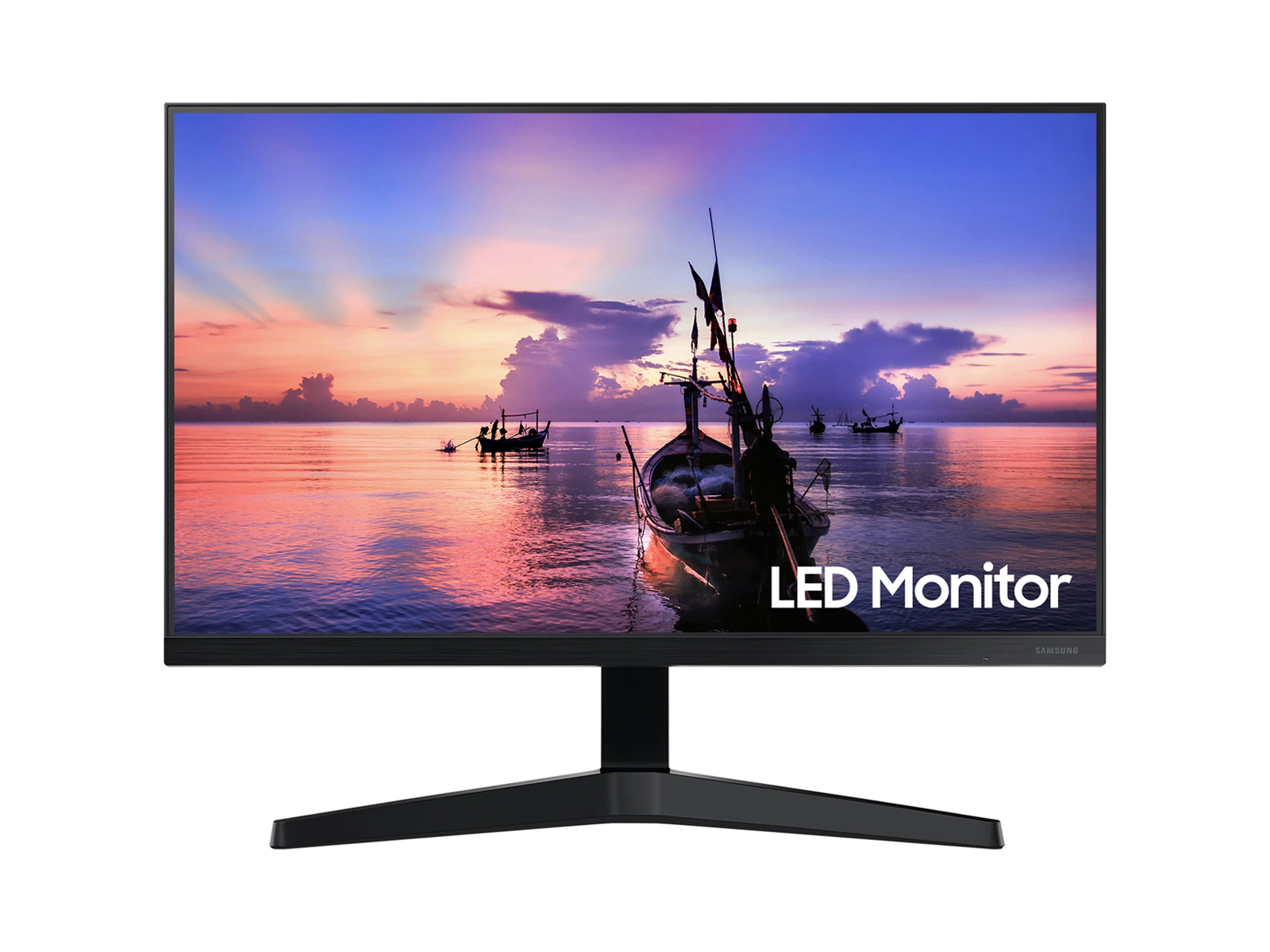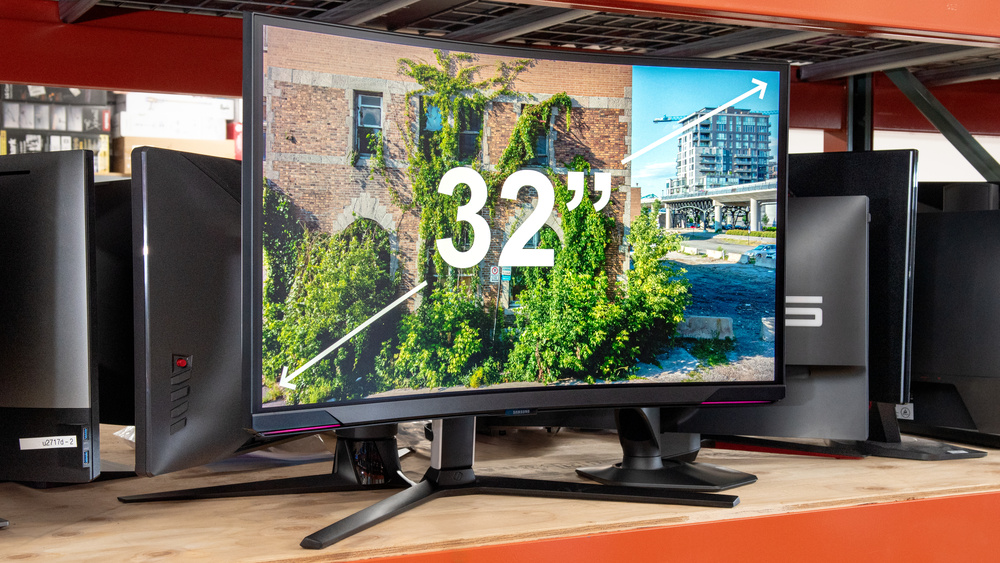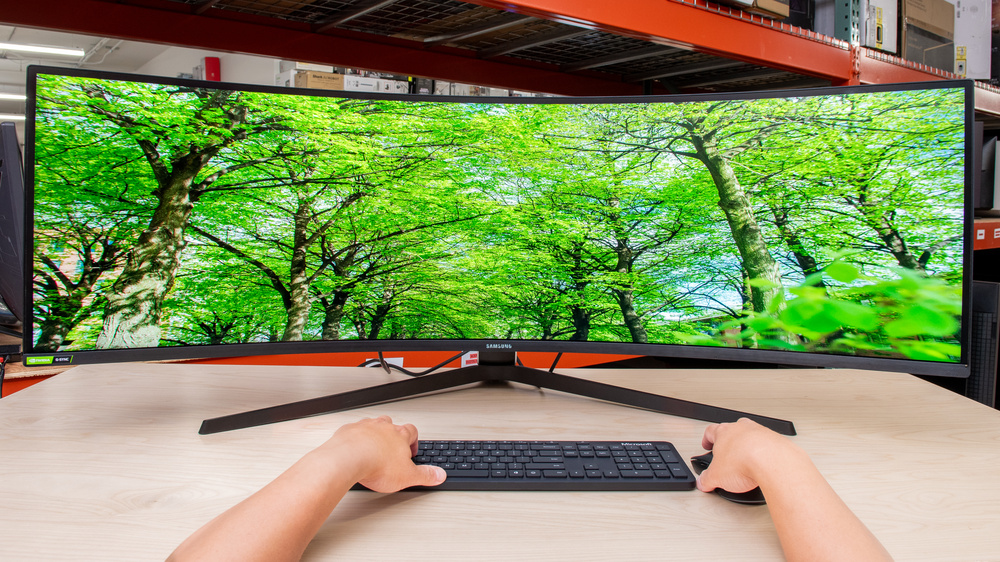Expanding your laptop’s display to two additional monitors can significantly boost productivity and enhance your multitasking capabilities. Whether you’re coding, editing video, or simply want more digital workspace, setting up dual monitors is a relatively straightforward task. This article walks you through the process of connecting two monitors to your laptop with minimal fuss.
Assessing Laptop and Monitor Compatibility
Checking Your Laptop’s Video Output Ports
Before purchasing additional monitors, inspect your laptop for available video output ports. Typical connections include HDMI, DisplayPort, VGA, and, in some cases, USB-C or Thunderbolt. Knowing which ports you have will determine the type of cables or adapters you’ll need and whether your laptop can support multiple external displays.
Understanding Monitor Input Options
Monitors usually come with an array of input ports that mirror those on laptops, such as HDMI, DisplayPort, and VGA. Ensure the monitors you want to use have compatible input connections. If not, identify what adapters you may need to bridge any gap between the cable and the input port.

Acquiring the Necessary Cables and Adapters
Picking the Right Cables
Once you know what connections are available, purchase the necessary cables. If you need HDMI to HDMI, that’s a simple cable. If you are bridging from HDMI to DisplayPort, for instance, you will need an adapter or a cable designed to convert the signal appropriately.
Using Adapters When Necessary
If your laptop doesn’t have enough video output ports, adapters may be essential. For USB-C or Thunderbolt ports, you can often find multi-port adapters that provide various outputs from a single input. Make sure that these adapters support dual-monitor setups, as some may not.

Setting Up the Dual Monitors
Arranging the Monitors
Decide how you want the monitors to display. They can mirror your laptop screen, extend it, or act as standalone displays. Place the monitors where you want them on your desk, ideally at an angle and distance that reduces neck strain and maximizes the field of view.
Connecting the Monitors to the Laptop
Hook up each monitor using your cables and adapters, connecting one end to the laptop’s video output and the other to the monitor. Power on your monitors. Your laptop should recognize the new displays, though you might need to open your display settings to configure them properly.

Configuring Display Settings on Your Laptop
Accessing Display Settings
To adjust your display settings on a Windows laptop, right-click on the desktop and select ‘Display settings.’ If you’re using a Mac, go to ‘System Preferences’ and then to ‘Displays.’ Both operating systems will present you with options for arranging your monitors and choosing how they function in relation to your laptop’s screen.
Customizing the Display Arrangement
In the display settings, you’ll see a visual layout of your screens. Click and drag the displayed rectangles to mimic the physical setup of your laptop and monitors. This ensures that when you move your cursor from one screen to another, it does so seamlessly. You can also select the primary display and adjust resolution and orientation.

Troubleshooting Common Setup Issues
Resolving Recognition Problems
Sometimes a laptop may not recognize an additional monitor. If this happens, check all connections and cables for secure fitment. If the problem persists, try restarting your laptop with the monitors connected, or use the display settings’ “Detect” feature to force recognition.
Fixing Resolution and Scaling Issues
If the display doesn’t look right, adjust the resolution settings within the display settings. Each monitor can have its resolution setting, which should match its native resolution for best results. Also, manage the scaling settings if fonts and icons appear too large or too small.

Managing Performance Impact and Preferences
Be Mindful of System Resources
Adding monitors will put more strain on your laptop’s graphics processing unit (GPU). If performance issues arise, consider lowering the resolution or changing the color depth. For demanding tasks like gaming or video editing, ensure your laptop’s specs can handle the extra load.
Adjusting for Optimal Workflow
Figure out what works best for your specific workflow. You might dedicate one monitor for communication, like emails and chats, another for active tasks or main projects, and use your laptop screen for supplemental apps. Tailoring your setup will take some experimentation but can lead to a highly efficient work environment.
Optimizing Your Dual Monitor Experience
Creating Task-Oriented Spaces
With two extra monitors, you can create dedicated spaces for different types of tasks. Assign one monitor for deep work, such as writing or design, where focus is key, and set up the other for reference materials, web browsing, or monitoring analytics. By compartmentalizing your workflow, you can reduce the need to switch windows constantly, saving time and maintaining concentration.
Utilizing Shortcuts and Software Tools
To navigate efficiently between multiple screens, familiarize yourself with keyboard shortcuts for window management. Learn how to quickly snap windows to the side or move them between monitors without reaching for your mouse. There are also software tools available that can create virtual desktops or manage windows to enhance your multi-monitor setup, streamlining your daily tasks further.
Aligning With Ergonomic Standards
Ergonomics is vital when setting up dual monitors. Make sure the top of each monitor is at or slightly below eye level, with the screens tilted slightly upward to avoid glare. Position the monitors to eliminate the need for excessive turning of the neck; they should be within your natural field of vision as much as possible. Equally important, adjust your chair and desk height for proper posture to prevent strain from extended periods of work.
Embrace the Extended Desktop
With two additional monitors connected, your laptop transforms into a powerful, multi-faceted workstation. Follow these steps to ensure a smooth setup, and don’t be afraid to tweak your configuration to suit your work habits and preferences. Remember to invest in quality cables, keep an eye on your system’s performance, and most importantly, take the time to get accustomed to your newfound productivity power. Enjoy the extended real estate and the seamless functionality that dual monitors can bring to your computing experience.